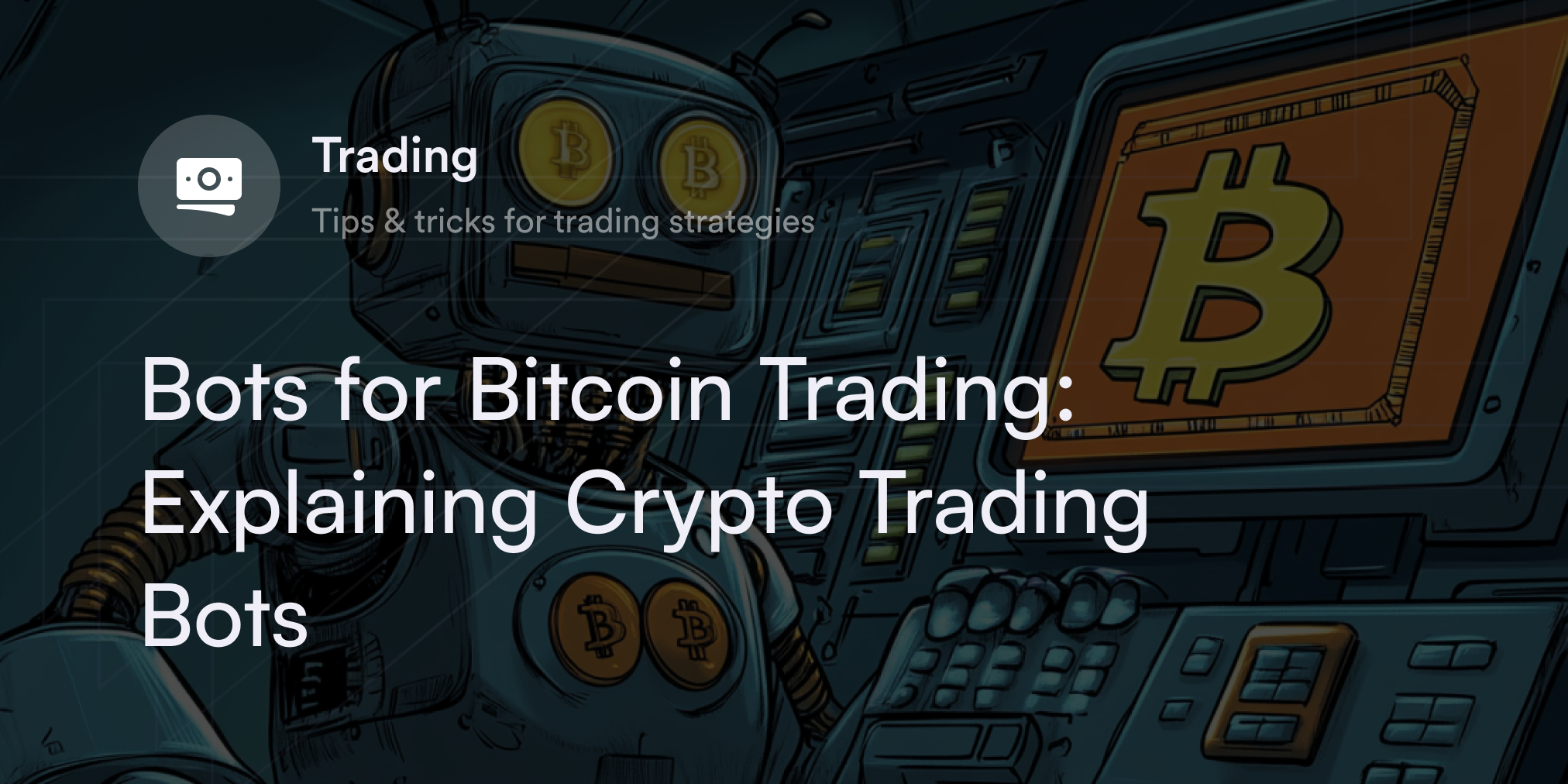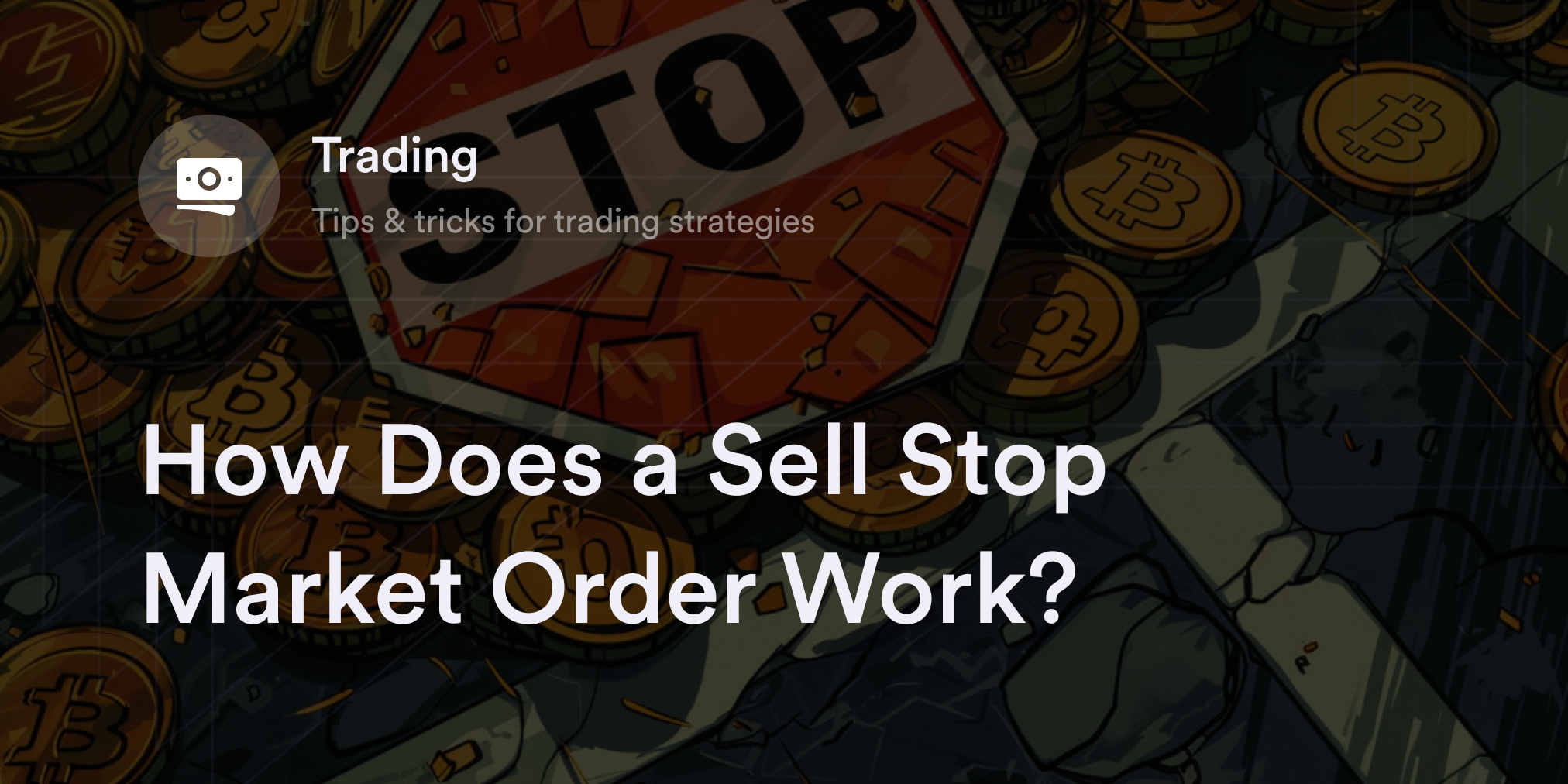


Whale watching isn't just a fun hobby for nature enthusiasts and cruise ship passengers. In fact, tracking the movements of "whale-sized" crypto wallets is a potentially lucrative trading strategy in the cryptocurrency ecosystem. Although monitoring the flows of crypto whale withdrawals and deposits isn't the be-all and end-all of market research, it partly determines how influential traders feel about the cryptocurrency market’s present conditions.
Crypto whale activity also provides a transparent look into distribution on blockchain networks, giving everyone a glimpse into the tokenomics of different crypto projects.
So what are crypto whales, why do so many analytics firms follow their movements, and what are the best tools crypto traders use to figure out how whales are "making waves" in the market?
What is a Crypto Whale?
A crypto whale is any individual or entity with many coins or tokens in a private crypto wallet. Many blockchain analytics firms, such as Glassnode, define a Bitcoin (BTC) whale as any wallet with more than 1,000 BTC. Still, there aren't clear parameters for how much of a non-Bitcoin cryptocurrency (aka altcoin) people need to hold to be a whale.
However, if a crypto wallet has enough digital currency to equal 1,000 BTC in dollar terms, chances are they're a whale on their blockchain. For example, if BTC trades for $30,000 per coin and Ethereum (ETH) is worth $2,000, an Ethereum whale has roughly 15,000 ETH to match the value of a BTC whale’s wallet (i.e., $30 million).
Traders pay attention to whales because these traders are at the top of the crypto market's food chain, but there are other categories of "marine life" in the crypto ecosystem. Similar to whales, analysts define these smaller investors in terms of each wallet’s Bitcoin holdings:
Shrimp: 1 BTC
Crab: 1–10 BTC
Octopus: 10–50 BTC
Fish: 50–100 BTC
Dolphin: 100–500 BTC
Shark: 500–1,000 BTC
Why Are Crypto Whales Important?
Whales influence cryptocurrency prices because they control a large percentage of digital assets. If a whale decides to sell even a part of their holdings on an exchange, they quickly and dramatically increase the cryptocurrency's circulating supply (or the number of coins on the open market). When that supply goes up without enough demand from buyers, the cryptocurrency’s market price decreases. On the contrary, if a whale buys a large position in a cryptocurrency, it may positively affect the digital asset's value due to the lower supply on an exchange.
Besides swaying the prices of digital assets, crypto whales sometimes double as "market makers" on crypto exchanges. Like whales, market makers are individuals or entities with significant crypto holdings, except they work with exchanges to settle trades between buyers and sellers. As compensation for this service, crypto exchanges often give market makers fee discounts and rebates to attract more capital to their platforms. Whales doubling as market makers improve an exchange’s efficiency by making it easier for traders to open or close their positions with small differences between the quoted and actual price (aka slippage).
Finally, crypto whales highlight a cryptocurrency network's decentralization—or lack thereof. A greater percentage of the cryptocurrency is in the hands of a few individuals, the more prone it is to a potential takeover or security breach. Traders and blockchain analytics firms examine the percentage of whale wallets on different cryptocurrencies to understand how many whales there are and their potential power over price manipulation, on-chain governance decisions, and overall network activity.
Why Do Crypto Traders Watch Whale Activity?
Some crypto traders closely follow whale wallets to see how the largest traders in the industry position their portfolios. Since whales control the most cryptocurrency on a blockchain, they can impact market sentiment and move a digital asset’s price with a large transaction. Sometimes, traders try to predict an upcoming price move by watching whether whales move crypto to or from exchanges. Generally, if a whale sends crypto from a private wallet to an exchange, they're potentially interested in selling their coins for cash or another cryptocurrency, increasing the risk of a price decline. In contrast, when someone sends a large crypto amount from an exchange to a private wallet, they're probably interested in "hodling" their crypto, which may be a bullish signal.
These whale movements are even more significant when a long-dormant whale wallet unexpectedly moves cryptocurrency. Because these crypto wallets weren't active for years, they grab more attention in the mainstream media and may cause short-term panic selling. For example, when news broke that a wallet supposedly connected to Bitcoin's creator Satoshi Nakamoto transferred BTC after years of inactivity, it triggered a slight selloff as traders took risk off the table. Nakamoto has roughly 1 million BTC in various crypto wallets, which would have major implications on BTC's market price if Nakamoto sold it all in one transaction. However, although transfers from old crypto wallets sometimes spark fears of incoming sell pressure, it's difficult for outsiders to know the motives behind these transfers and whether people will cash out.
In addition to watching whale movements, some crypto traders monitor the "market depth" on exchanges to gauge how likely a crypto transfer impacts a coin's price. Market depth refers to how much money it takes to move a cryptocurrency's market price up or down by a few percentage points. For example, if Bitcoin has a 2% market depth of $20 million on centralized exchange (CEX) Coinbase, there needs to be $20 million worth of buying pressure to move BTC's price up by 2% from current levels. Conversely, if the "- 2% depth" reading for Bitcoin on Coinbase is $30 million, BTC’s price drops by 2% if traders sell $30 million. These market depth figures help crypto traders determine whether the crypto amount a whale transfers has the potential to materially impact a coin or token’s market price. Crypto price aggregator websites, such as CoinMarketCap and CoinGecko, list each cryptocurrency's market depth under the "Markets" tab.
How Do People Track Crypto Whales?
The history of crypto transactions on blockchains like Bitcoin and Ethereum (aka public ledgers) is freely available online. Sites called "blockchain explorers," such as Blockchain.com and Etherscan, let users search for different wallet accounts and monitor transactions on different networks. Some websites like BitInfoCharts also publish a "Crypto Rich List" with wallet addresses for the largest holders on a few large blockchains, including Bitcoin, Ethereum, and Dogecoin.
Besides manually sifting through ledger payment data, software applications and analytics firms monitor whale activity. For example, Whale Alert is a popular crypto whale tracker with a considerable following on social media sites like Twitter. Blockchain analytics firms––such as LookIntoBitcoin, Glassnode, and CryptoQuant––frequently publish charts and reports on whale movements.
Who Are the Biggest Crypto Whales?
Unless someone admits they own a particular crypto wallet, it's impossible to know who's behind different blockchain addresses. However, a few well-known personalities with prominent crypto positions exist in the cryptocurrency space.
Satoshi Nakamoto: Although nobody knows who Bitcoin's founder Satoshi Nakamoto is, there's little doubt Nakamoto is the biggest Bitcoin whale, with roughly 1 million BTC spread across multiple wallets. Since these BTC have only moved a few times since Bitcoin's inception, some analysts believe Nakamoto deliberately took them out of circulation, but mystery surrounding Nakamoto's massive stash of BTC remains.
Michael Saylor: MicroStrategy’s founder and CEO, Michael Saylor, is a high-profile Bitcoin advocate and trader with at least 17,700 BTC in his personal account. MicroStrategy also holds the most Bitcoin on its balance sheet for any publicly traded company, with 129,699 BTC at the time of writing.
Winklevoss Twins: Cameron and Tyler Winklevoss are most famous in pop culture due to their heated relationship with Facebook's CEO Mark Zuckerburg. However, the Winklevoss twins were also early investors in BTC. At one time, they controlled 1% of Bitcoin's circulating supply. Forbes estimates the duo has 70,000 BTC in their portfolio.
Vitalik Buterin: Russian-Canadian developer Vitalik Buterin is the founder and leader of the Ethereum blockchain, so it makes sense Buterin holds a large chunk of his blockchain's native Ether coin. Currently, Buterin's wallet address suggests he has 244,001 ETH.
Learn More Crypto Lingo on dYdX’s Academy
From "whales" and "WAGMI" to "FOMO" and "FUD," there are a lot of terms to define when researching cryptocurrency. For anyone confused by all the unique phrases in the Web3 space, check out dYdX's blog and Academy for more crypto guides. Our dozens of beginner-friendly articles help newcomers understand the basics of cryptocurrency and blockchain technology.
Not only this, but dYdX also lets people trade cryptocurrency perpetuals, with deep liquidity and up to 20x leverage.
Start trading on dYdX today!
Disclaimer
The content of this article (the “Article”) is provided for general informational purposes only. Reference to any specific strategy, technique, product, service, or entity does not constitute an endorsement or recommendation by dYdX Trading Inc., or any affiliate, agent, or representative thereof (“dYdX”). Use of strategies, techniques, products or services referenced in this Article may involve material risks, including the risk of financial losses arising from the volatility, operational loss, or nonconsensual liquidation of digital assets. The content of this Article does not constitute, and should not be considered, construed, or relied upon as, financial advice, legal advice, tax advice, investment advice, or advice of any other nature; and the content of this Article is not an offer, solicitation or call to action to make any investment, or purchase any crypto asset, of any kind. dYdX makes no representation, assurance or guarantee as to the accuracy, completeness, timeliness, suitability, or validity of any information in this Article or any third-party website that may be linked to it. You are solely responsible for conducting independent research, performing due diligence, and/or seeking advice from a professional advisor prior to taking any financial, tax, legal, or investment action.
You may only use the dYdX Services in compliance with the dYdX Terms of Use available here, including the geographic restrictions therein.
Any applicable sponsorship in connection with this Article will be disclosed, and any reference to a sponsor in this Article is for disclosure purposes, or informational in nature, and in any event is not a call to action to make an investment, acquire a service or product, or purchase crypto assets. This Article does not offer the purchase or sale of any financial instruments or related services.
By accessing this Article and taking any action in connection with the information contained in this Article, you agree that dYdX is not responsible, directly or indirectly, for any errors, omissions, or delays related to this Article, or any damage, injury, or loss incurred in connection with use of or reliance on the content of this Article, including any specific strategy, technique, product, service, or entity that may be referenced in the Article.







